
Question: At the beginning when they meet she sings a few lines of Shallow, then presumably the next day at his show he brings her onstage, and they sing the whole song with the band and all...how is this possible with zero rehearsal time?

Question: One of the mistakes on this site state that you can see Crutchy dancing without the use of his crutch. When and during which number?
Answer: During the "Two for a Penny" sequence in Carrying the Banner, you can see Crutchy dancing in one of the back rows on the right without his crutch. You can also see him walking without it behind David during the first Sieze the Day when David sings "Arise and seize the day!"
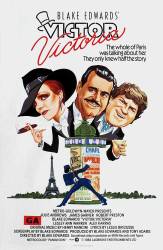
Question: Why did Julie Andrews refuse her Tony nomination for this film?
Answer: She accepted the Oscar nomination for the film. She turned down the Tony nomination for the Broadway musical because no one else got nominated and she thought it was unfair.
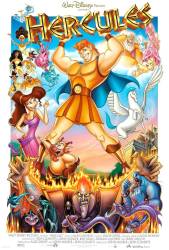
Question: Why is it too nutty that Orpheus arranged the flowers?
Answer: Orpheus was the greatest poet and musician of Greek mythology, his music could charm wild beasts and even persuade rocks and trees into movement; the idea of him arranging flowers is probably just a pun on his normal pasttime of 'arranging' music, or alternatively a reference to how he could have used his magical music to make the flowers spontaneously arrange themselves.
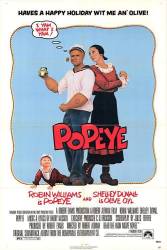
Question: When Bluto was meeting in private with Wimpy, what were they talking about?
Answer: One, Bluto is a bully and threatened him, after all his name is Wimpy. Plus he most likely offered to buy him a hamburger, which he would have paid next Tuesday.
Answer: How did Bluto convince Wimpy to do it?
Answer: To grab Swee'pea, while everyone was cheering Popeye for dunking the Tax Collector.
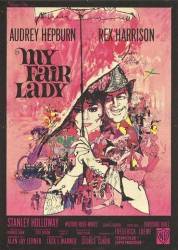
Question: Higgins presumably knows about the ball's high standards of dress for men and women. Why then is he the only man there who is not wearing white gloves (which are routine for such occasions)?
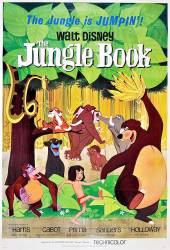
Question: Why did Shanti lure Mowgli into the village at the end? What was her reason for doing so?
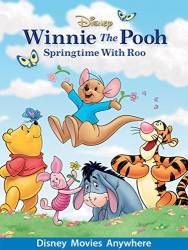
Question: Why is Eeyore always sad? Does he suffer from depression?
Answer: It's never definitively explained, but Eeyore apparently suffers from depression, is sad about his tail, and generally always feels unhappy. Actually, he is just one character that displays a certain emotional type. Tigger is hyperactive and attention deficit, Rabbit is obsessive-compulsive, Owl is narcissistic, Piglet suffers from anxiety, and Pooh has an eating disorder.

Question: When Pinocchio finds Geppetto inside Monstro's stomach, Geppetto has shoes and socks on. But when Pinocchio and Geppetto are escaping on the raft, he is barefoot. Where did his shoes and socks go?
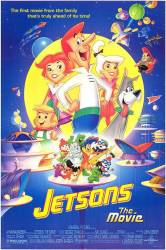
Question: Why were different actors used for the voices of Judy and Elroy instead of the original actors?
Answer: Daws Butler, the original voice actor for Elroy, died in 1988. Janet Waldo did record a voice track for the feature but was replaced by Tiffany to attract a new audience off her popularity.
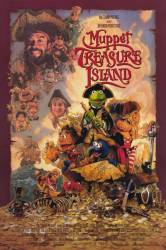
Question: When they're singing "Professional Pirate" to Jim, the bald human says, "And me, I could have been a contender." Everyone laughs, and the crustacean gives him a dirty look, they even cut to him to show it. Am I mishearing? What's he saying, what's the joke?
Answer: You heard it right. "I coulda been a contender." is part of a famous, often quoted line spoken by Marlon Brandon in "On the Waterfront."

Question: Why did Sterling Holloway quit voicing Winnie The Pooh after providing his voice in this movie?

Question: P.L. Travers hated Disney's film adaptation of Mary Poppins so much that she refused to have Disney make any more adaptations of Mary Poppins. How could a sequel be made without the consent of Travers, especially since she died in 1996?
Answer: Travers was never entirely opposed to having a sequel made. She initially refused Disney's sequel ideas, and attempted to impose her own demands and concept on what any additional film would be. In the 1980s, Travers and a friend wrote their own screenplay. The Disney company, now with different management, considered it but eventually dropped the project amid casting problems and other issues and conflicts that emerged. After Travers' death, Disney could then negotiate directly with Travers' estate.
Answer: The short answer is *because* she died. Control then passed to her beneficiaries/estate. She didn't forbid Disney from making a sequel, and she couldn't legally prevent it either. The deal she had with Disney just meant that they had to agree on it as she had creative control, and despite their (and apparently her) best efforts, they could never find a sequel idea everyone was happy with, especially given her dislike of the original film. Her will stated: "Any payments received by my Trustees in respect of or any future commercial production or exploitation in any form whatsoever of any books I have written (including any sequel to the film "Mary Poppins") shall be held by my Trustees upon trust to distribute..." On her death creative control passed to her trustees, in terms of sequels and the stage show, and they managed to agree on a sequel idea.
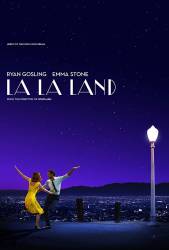
Question: I may have missed this, but early in the film, how did Mia and Sebastian get into the empty planetarium? It must have been locked up pretty tight. Did someone let them in? Did they break in? I'm guessing this was explained and I didn't catch it.
Chosen answer: The answer is, "It's a movie." They wouldn't have been able to drive up to the entrance either. The entire sequence is fantasy-driven.
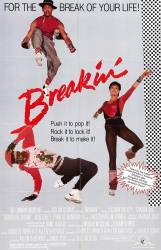
Question: Does anybody know if there are non-credited cameos in this film? During the scene on the beach, where the girl meets the two dancers, I think I see a young Jean-Claude Van Damme in the crowd wearing a black spandex suit and the kid from Revenge of the Nerds holding a soccer ball.
Answer: According to IMDB.com, the following actors were uncredited in this film: Michel Qissi, Passerby in first dance sequence - Lela Rochon, Extra in first scene - Kara Vallow, Break Dancer - Jean-Claude Van Damme, Passerby in First Dance Sequence.
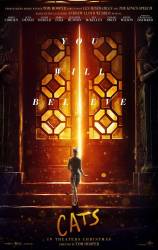
Question: Much is said about the infamous first released version with Judy Dench's real hand instead of a CGI paw, but I'm watching that same version now and ALL of the cats have real human hands. How is this not also a mistake? Or is it that the mistake is Dench's ring on her finger? Do the actors' human hands change to paws in the CGI-fixed second version?
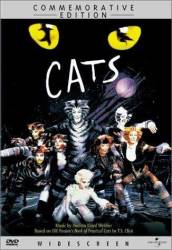
Question: What is the story behind Grizabella? Why do the other cats seem to hate her and shun her?
Answer: It's a bit vague, but when Grizabella was young, she left the other Jellicle cats, turning her back on them to live another life, thinking she was more glamorous than the others. Now that she is older and has fallen on hard times, she returns, wanting to rejoin the tribe. The other cats are resentful that she considered herself better than them, and they are put off by her shabby appearance, so do not want her back.

Question: When Bette Midler and Barbara Hershey are at the laundromat, they are playing cards. All of a sudden the old man in the background starts laughing. Then Bette and Barbara start laughing? Is this a laugh fest?
Answer: He overheard CC say that a man would never do a woman's laundry no matter how much he loved her. Which is true.
Answer: The man laughs because he is mentally challenged, and Bette and Barbara just begin to laugh at him. A bit un-PC.
Answer: First of all, it was a woman. Second, she heard CC say that men never want to do laundry not even for their woman.
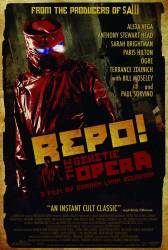

Answer: It is highly improbable they could do this, but being a movie, reality is suspended.
raywest ★